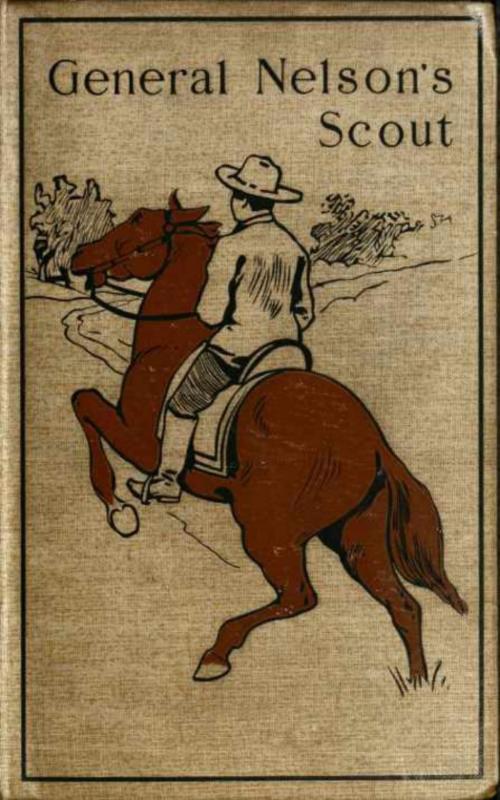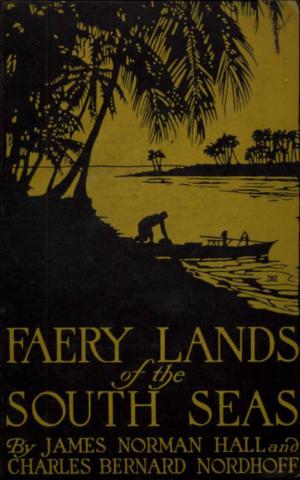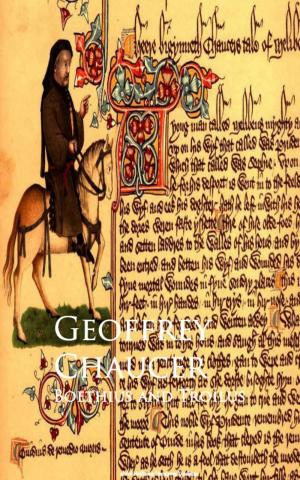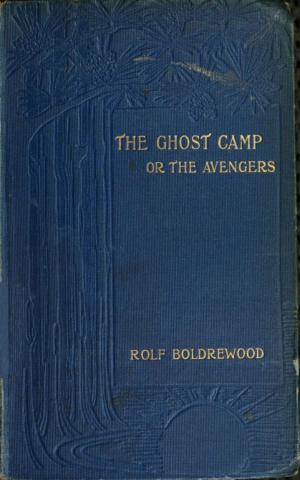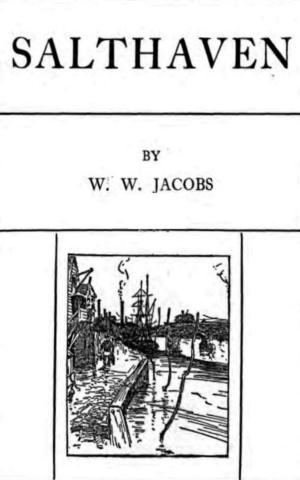| Author: | Byron A. Dunn | ISBN: | 9783736409095 |
| Publisher: | anboco | Publication: | August 17, 2016 |
| Imprint: | Language: | English |
| Author: | Byron A. Dunn |
| ISBN: | 9783736409095 |
| Publisher: | anboco |
| Publication: | August 17, 2016 |
| Imprint: | |
| Language: | English |
Throughout the following pages the threads of history and fiction are closely interwoven. The plot of the story is laid in the dark and stormy days of 1861, amid the waving trees and blue grass fields of Central Kentucky. No State wept more bitter tears at the commencement of the dreadful struggle between the North and the South than Kentucky. With loving arms she tried to encircle both, and when she failed, in the language of one of her most eloquent sons, "So intense was her agony that her great heart burst in twain." Resolutions of neutrality did little good. Sympathies and beliefs are not controlled by resolutions or laws, and never can be. Kentucky was divided into two great hostile camps. The Secession element was very active, and the Union men saw the State slowly but surely drifting into the arms of the Confederacy. Then it was that Lieutenant William Nelson of the United States navy, a well-known and very[Pg 8] popular Kentuckian, asked the privilege of raising ten regiments of Kentucky troops. The request was granted, and Nelson at once commenced his task. Only a man of iron determination and the highest courage would have dared to undertake such a work. He became the object of the fiercest hatred and opposition,—even from many who professed to love the Union. But he never wavered in his purpose, and established a camp for his recruits at Dick Robinson, a few miles east of Danville. Here it is that the story opens, and Nelson is the chief historic figure—a figure with many imperfections, yet it can be said of him as it was of King James V., in "The Lady of the Lake": "On his bold visage middle age Had slightly pressed its signet sage, Yet had not quenched the open truth And fiery vehemence of youth; Forward and frolic glee was there, The will to do, the soul to dare." All military movements chronicled in the story are historically correct.
Throughout the following pages the threads of history and fiction are closely interwoven. The plot of the story is laid in the dark and stormy days of 1861, amid the waving trees and blue grass fields of Central Kentucky. No State wept more bitter tears at the commencement of the dreadful struggle between the North and the South than Kentucky. With loving arms she tried to encircle both, and when she failed, in the language of one of her most eloquent sons, "So intense was her agony that her great heart burst in twain." Resolutions of neutrality did little good. Sympathies and beliefs are not controlled by resolutions or laws, and never can be. Kentucky was divided into two great hostile camps. The Secession element was very active, and the Union men saw the State slowly but surely drifting into the arms of the Confederacy. Then it was that Lieutenant William Nelson of the United States navy, a well-known and very[Pg 8] popular Kentuckian, asked the privilege of raising ten regiments of Kentucky troops. The request was granted, and Nelson at once commenced his task. Only a man of iron determination and the highest courage would have dared to undertake such a work. He became the object of the fiercest hatred and opposition,—even from many who professed to love the Union. But he never wavered in his purpose, and established a camp for his recruits at Dick Robinson, a few miles east of Danville. Here it is that the story opens, and Nelson is the chief historic figure—a figure with many imperfections, yet it can be said of him as it was of King James V., in "The Lady of the Lake": "On his bold visage middle age Had slightly pressed its signet sage, Yet had not quenched the open truth And fiery vehemence of youth; Forward and frolic glee was there, The will to do, the soul to dare." All military movements chronicled in the story are historically correct.
